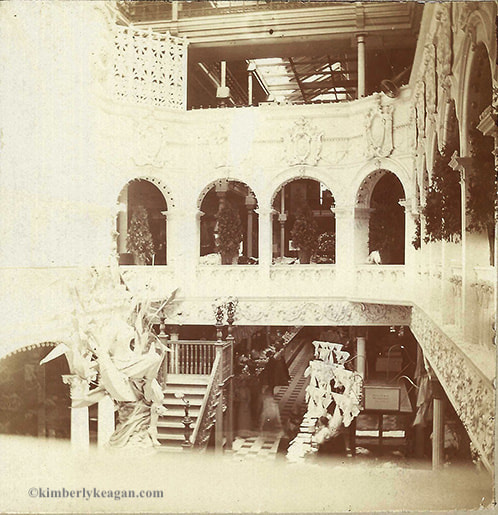The Department store: A Controversy
|
When I was in seventh grade, and finally allowed to take a bus with my friends to somewhere other than school, we usually went to the mall. There were two to choose from and both had a movie theater and three anchor department stores. JcPenney, Sears, Montgomery Wards, Dillards and The Broadway were some of the stores I remember occupying those spaces.
After I married, and we moved to the Midwest and then the Pacific Northwest, other department stores became favorites, such as The Boston Store and Nordstrom. Although I have the worst sense of direction, put me in a department store and I can find my way around like I live there. And there is nothing like getting to a department store as the doors open on the Friday after Thanksgiving! (Although, in full disclosure, I tend to do my shopping online now and avoid the crush). Department stores, in the truest sense, are large retail stores that provide for much of our material requirements and are arranged in—you guessed it—departments: clothing, jewelry, electronics, housewares, furniture, and foodstuffs. Some boast restaurants and beauty salons. Others have full blown grocery departments. Back in the early days of department stores, there were also post offices. The first department store is widely accepted to be Le Bon Marché in France. In his book, A History of the Department Store, written in 1960, author John Ferry said: "The very important part the department store plays in our daily lives can be well expressed by posing the question to any woman in any large city: How would you feel about it if every large store in your city had to close down for good this very day?" Unfortunately, Mr. Ferry, the advent of online shopping has made a huge dent in the number of traditional department stores around our fair cities. And I find it kind of sad. |







